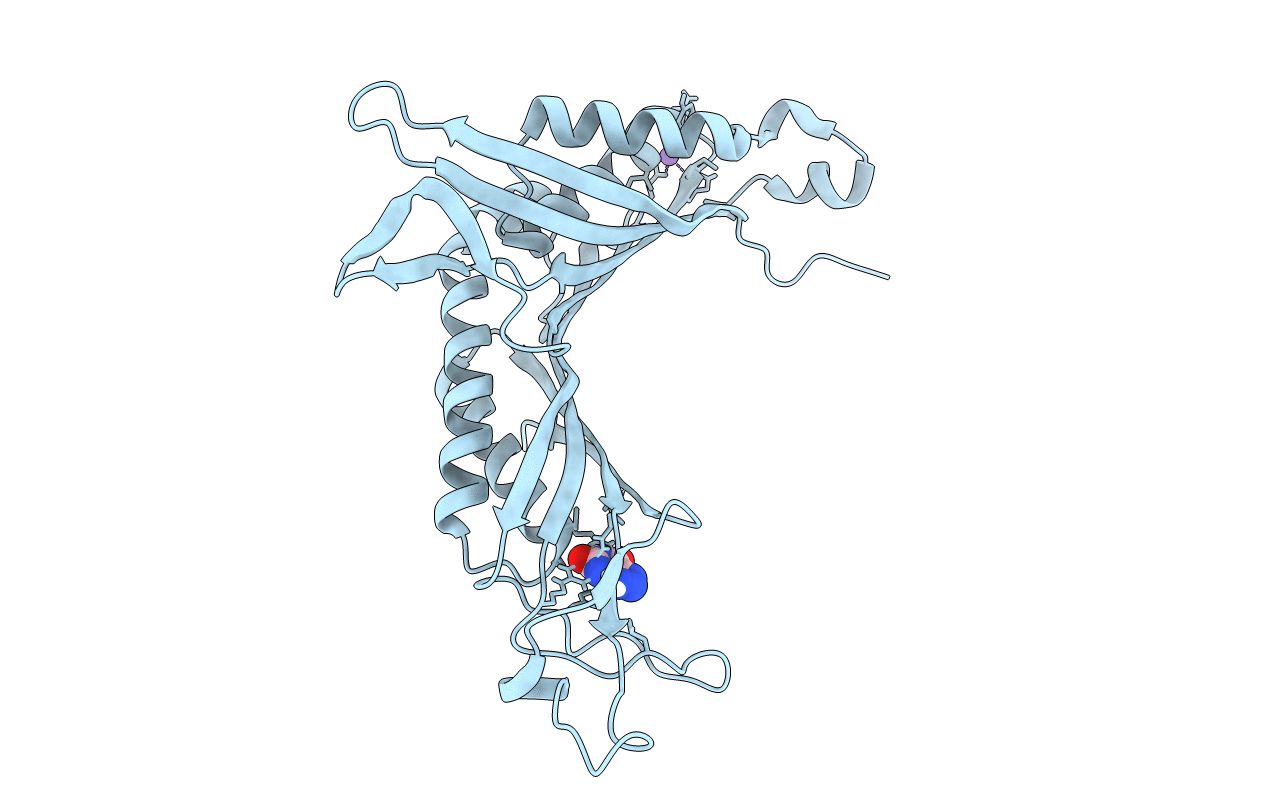
Deposition Date
2020-08-09
Release Date
2020-12-09
Last Version Date
2024-11-20
Entry Detail
PDB ID:
7A0L
Keywords:
Title:
Joint neutron/X-ray room temperature structure of perdeuterated Aspergillus flavus urate oxidase in complex with the 8-azaxanthine inhibitor and catalytic water bound in the peroxo hole
Biological Source:
Source Organism:
Aspergillus flavus (Taxon ID: 5059)
Host Organism:
Method Details:
Experimental Method:
R-Value Free:
['0.10
R-Value Work:
['0.10
R-Value Observed:
['0.10
Space Group:
I 2 2 2


